How Many Cows Per Acre Can You Keep In Your State?
Welcome! This article contains affiliate links, meaning I get a commission if you decide to make a purchase through my links, at no extra cost to you.
If you’re going to be raising cattle, you’ll need to know how many cows per acre you can keep in your state. The number of cows you can keep without damaging the soil varies from state to state, so you’ll need to do a calculation based on your number of animal units, length of grazing season, and stocking rate.
How Many Cows Per Acre Calculation
There is a simple calculation to help you work out how much land you need for your cows.
Required Pasture Size = (Number Of Animal Units x Length Of Grazing Season)/ Stocking Rate.
Don’t worry if this sounds complicated, we’ll work through it together.
Animal Unit
A 1000-pound cow is one Animal Unit (AU). So, a 1400-pound cow would be 1.4 AU and a 3,500-pound cow would be 3.5 AU.
Let’s take the less intimidating 1400-pound cow for our example!
Length of Grazing Season
The Length of Grazing Season is how long you want to graze the cows for in a year. If you are keeping them on dry feed in a barn for some months of the year, you don’t need to include these months.
Let’s say you want to graze your cow for 6 months a year.
Stocking Rate
The Stocking Rate varies from state to state, and even farm to farm. For example, in West Texas, you’d need a minimum of 6 times more native pasture per AU than in East Texas.
The Stocking Rate will also change from year to year depending on climate conditions. If you are experiencing a drought in your region, the stocking rate will not be as good.
For the example, we can say you have a stocking rate of 2.0 AU per acre. So, using this example, you would calculate that: (1.4 AU x 6 months) / Stocking Rate of 2 = 4.2 acres).
Or put more simply: (1.4 x 6) / 2 = 4.2
This means that I would need 4.2 acres per cow on my farm.
https://www.youtube.com/watch?v=FTpPgNPlDI0
Running More Cows Per Acre
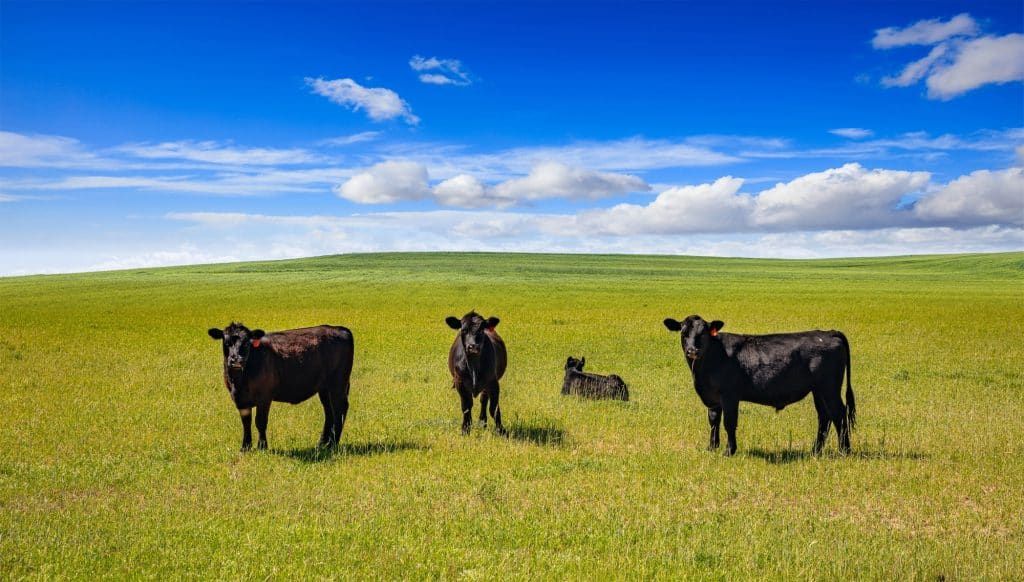
If you want to maintain the quality of your soil, you can’t run too many cows per acre. You can, however, maximize the use of each acre by rotating different animals.
For example, you can let chickens run the field after the cows have been taken out. They scratch around in the soil, helping prepare it for new growth. They also accelerate the breakdown of cow manure to nourish the soil and they eat a lot of the parasites that could bother your cows.
You could also reduce the grazing season of your cows, keeping them on dry feed for more months of the year. In the long run, this could cost you just as much money in feed bills as the money lost by having fewer cows.
It’s six of one and half a dozen of the other!
Why Bother Calculating How Many Cows Per Acre?
Overgrazing is a common mistake that homesteaders make, and it leads to reduced biodiversity in your pasture. This encourages invasive and non-native plants and grasses to take over, leaving you with lower-quality forage.
Overgrazing also causes soil degradation, which is very difficult to reverse. Not only will growing become more difficult in the future, but it can cause desertification of your land. If you overgraze land that is leased to you, it could lead to the termination of the contract and even legal problems if the soil has been damaged in the long term.
Preventing Overgrazing
If you have more stock than can continually graze where they are, you’ll need to rotate them into different pastures. It’s important to cycle your stock through different grazing areas, giving pastures enough time to recover before opening them for grazing again.
Remember that pastures will need longer to recover during times of drought. 25 to 30 days is normally enough time to let pastures rest after they have been grazed.
Improving Soil After Overgrazing

If you’re worried that you’ve overgrazed your pasture, you can help restore the soil and vegetation by using green manure (also known as cover crops). Cover crops include buckwheat, clover, and rye.
Planting a cover crop will protect the soil from any more degradation caused by wind and water, and prevent invasive weeds from getting out of hand.
After choosing your cover crop, you just need to sow the seeds in the degraded pasture. This will hopefully outcompete invasive species and fix nitrogen in the soil whilst the land takes a much-needed rest year. You can also choose to plant a cover crop that can be eaten by cattle.
If possible, we recommend that you keep cattle off the land whilst it is resting and allow the cover crop to rot back into the soil to get it back on its feet. Depending on how badly degraded the soil is, you might choose to plant a series of cover crops over the space of a few years.
We hope this article helped to clear up some of your questions! The calculation is a great place to start but grazing your pastures will become more intuitive and less scientific as you grow in confidence.
Just remember: look after your soil, and your soil will look after you! Please let us know if there are any other questions that you would like us to answer and we will do our best to help!

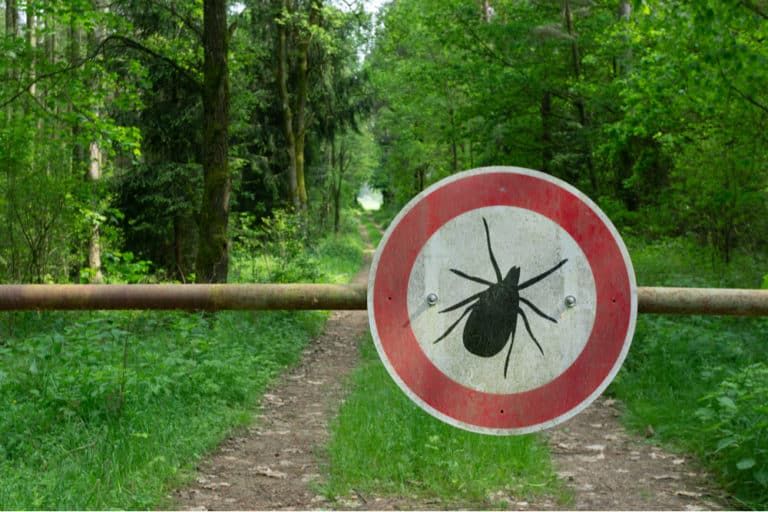
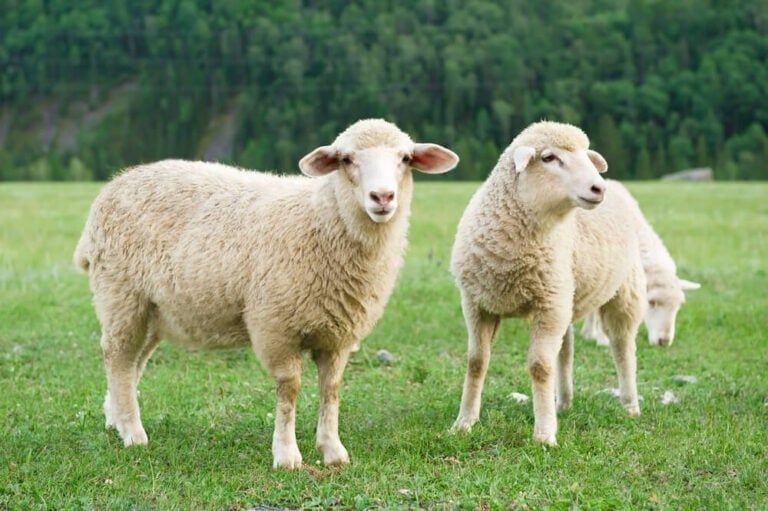
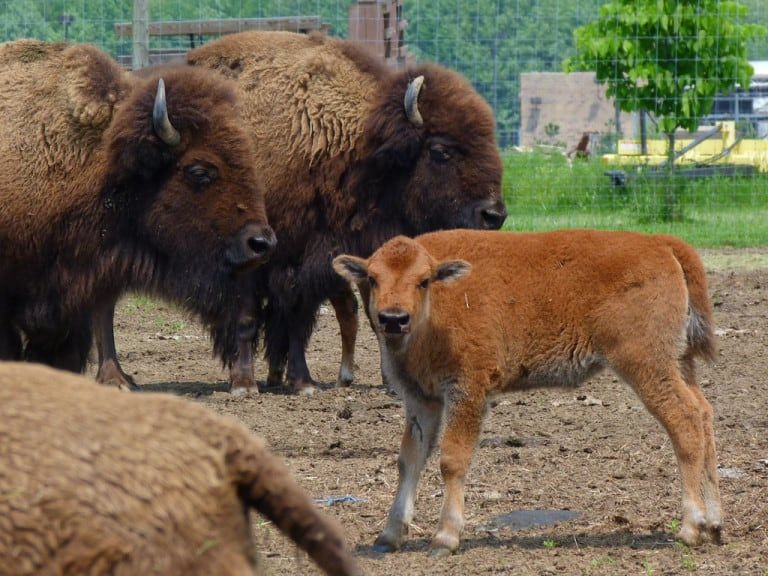
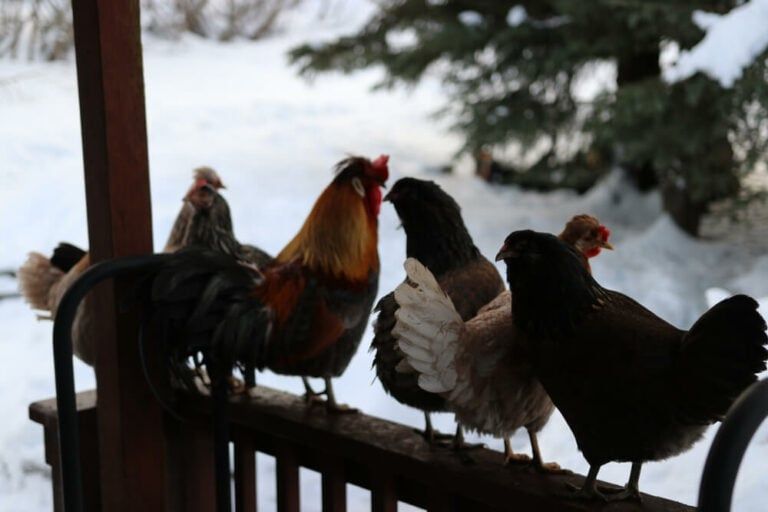
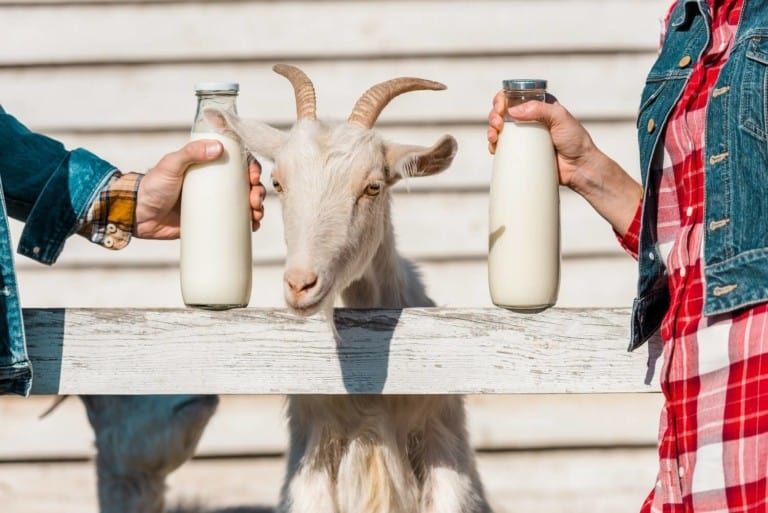
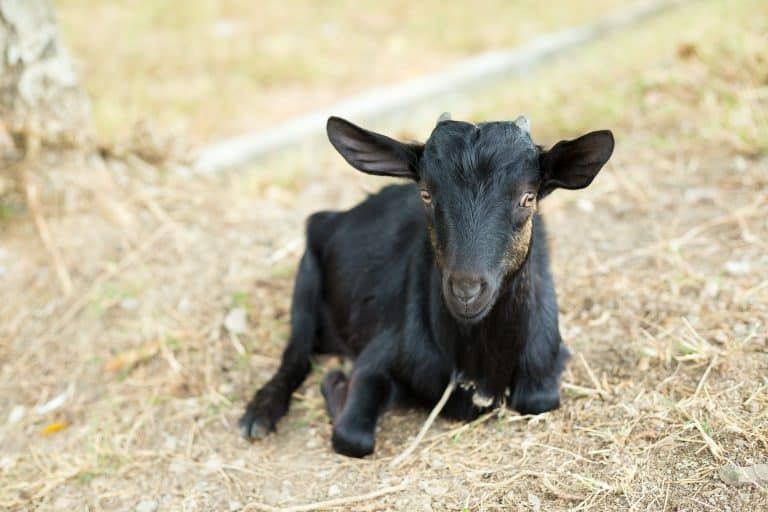
Our neighbor has about 10 cows on 1/2 acre of land. You can see the hips and the ribs on all those cows. I think it is terrible what he is doing to the animals because there are way too many for that plot of land. I don’t know who to report the neglect to in Alabama.
Hi there Nancy,
You see it all too often, unfortunately. Have you spoken to him about it?
If needed, I would contact the Humane Society and talk to them about it.
https://www.humanesociety.org/resources/report-animal-cruelty
Good luck!